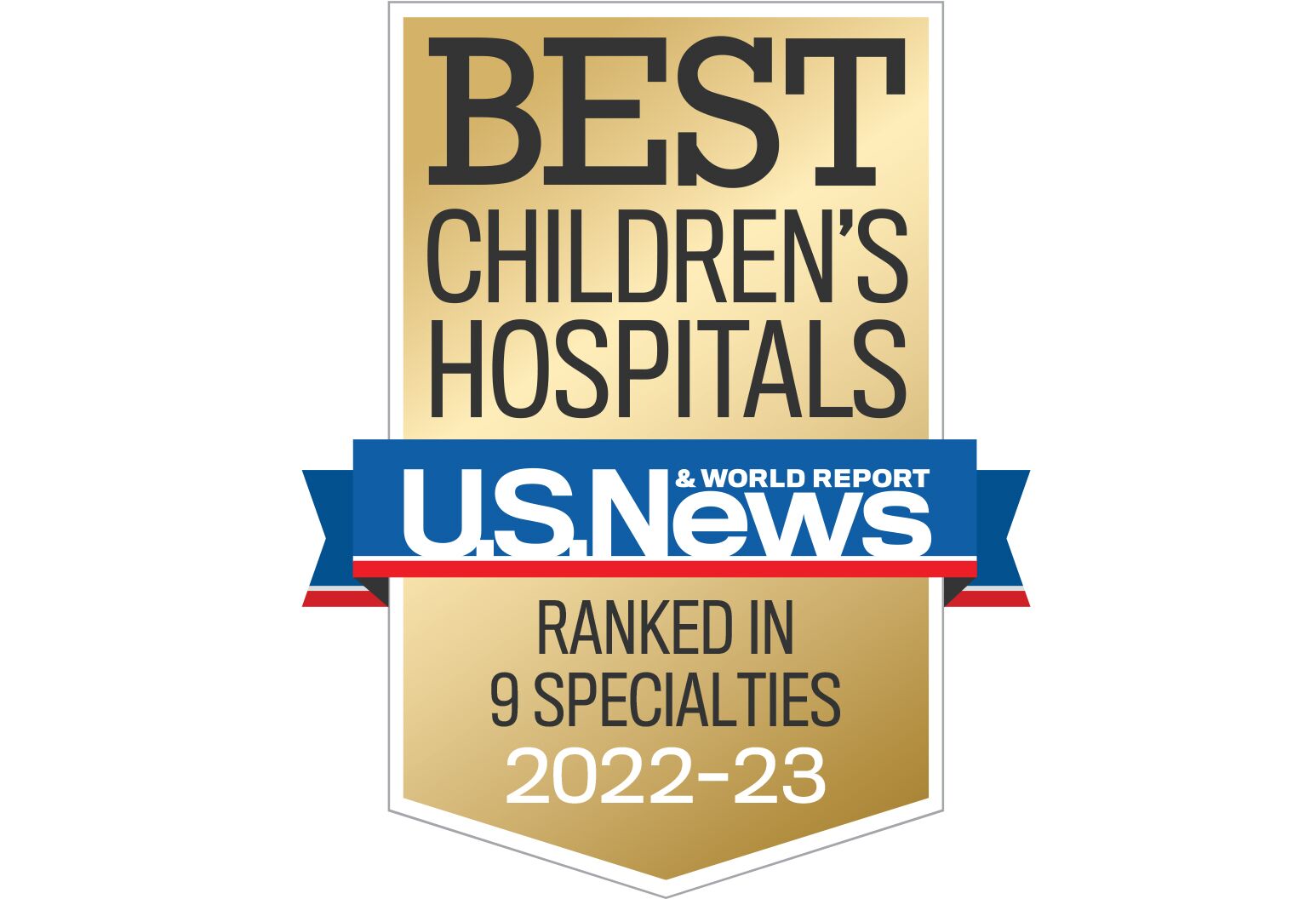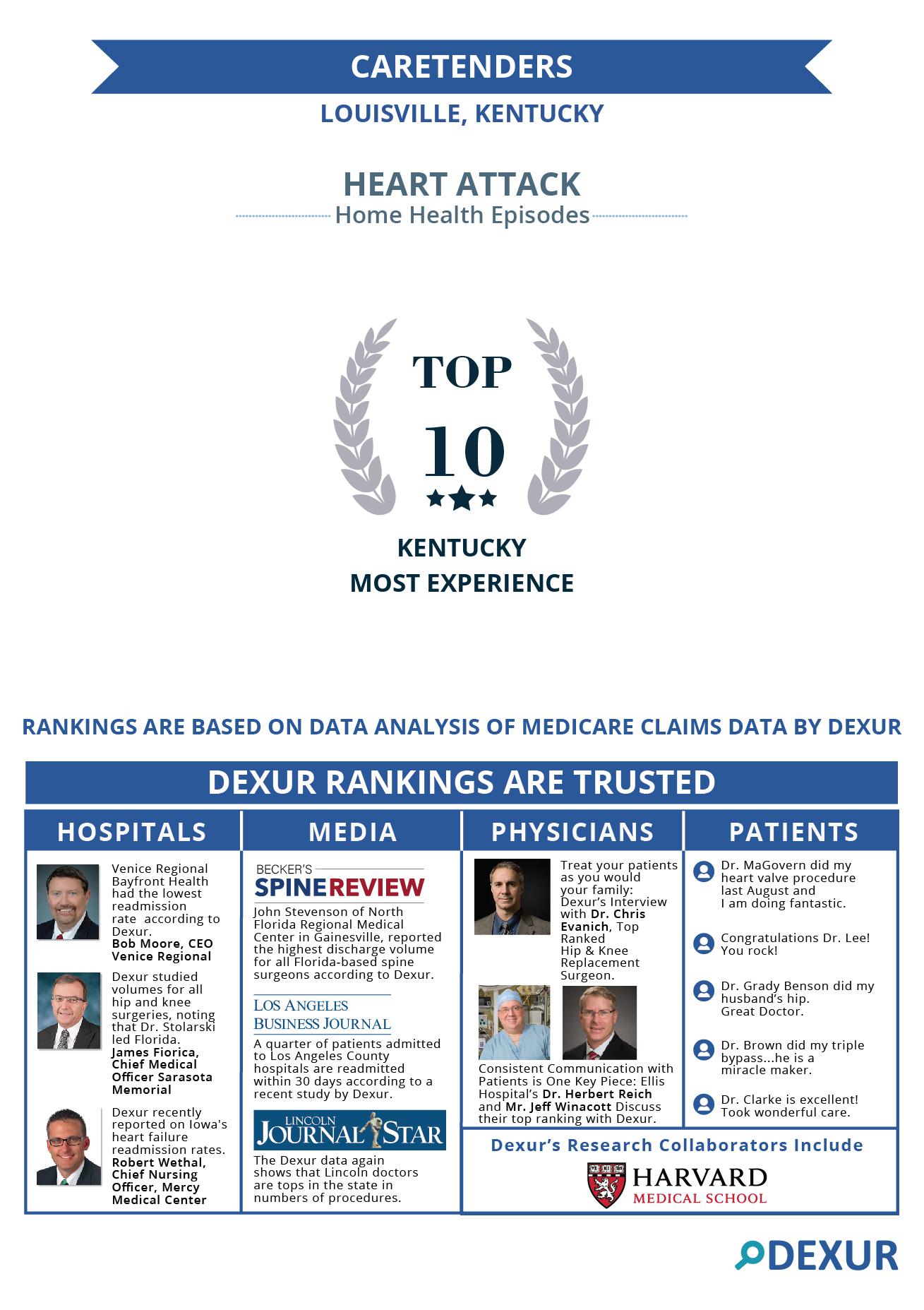
Health services are offered by various types of agencies and organizations. There are many types of services available, including administrative services, community-based clinics and medical care. These services can be delivered in different ways, but they all aim to promote the health of those who are most affected. Telehealth services can be used for certain health services.
Administrative services
Administrative services are what happens behind-the scenes to ensure that health care programs run smoothly. This results in better outcomes and a healthier community. Administrators are not doctors, but they manage staff and systems to ensure that health care services run smoothly. They ensure patients get the best care possible and also monitor quality outcomes.
Administrators must be able to develop strategic plans to help organizations survive and grow. They should also be able and able to effectively communicate with employees, the public, and others. This requires a positive attitude as well as good verbal communication skills. They can also create relationships with other organizations in order to increase their purchasing power.

Medical care
Maintaining good health requires medical care. It is vital to get the best care possible by contacting a medical professional promptly. Lack of health insurance may prevent some people from seeking treatment. Additionally, uninsured persons are more likely have poor health. Many people find public health insurance programs important because they allow them to access health care and make it easier to use it.
Clinics that are community-based
Community-based clinics offer a wide range of health services that can be used by the entire community. They often provide direct access to the resources needed and educate residents about their rights. They can also assist communities in overcoming health inequalities to become healthier. Community health initiatives are designed to eradicate health inequalities and reduce the community's life expectancy by 20-30 years.
These services form an integral part of the overall health system. You must plan and manage them well to avoid gaps and inconsistencies. If they aren't well-planned and coordinated, there will be no progress towards Universal Health Coverage.
Telehealth
Telehealth can offer a variety of benefits including remote care. Online access is available for patients to view their test results, order prescription refills and schedule appointments. They can also order medications and other testing supplies. Some telehealth services also allow patients the ability to set reminders such as when they have to take their medication.

Medicare in the United States can cover telehealth services. There are some restrictions and requirements. First, the doctor must be licensed in order to provide services in the state where they are to be provided. There are many state laws regarding licensure. Make sure you read the regulations in every state. Majority of states require doctors to be licensed in the state they reside in. Some states do have reciprocity agreements.
Mobile vans
Mobile medical vans are able to provide many health services to people and communities. These vans come with the ability to offer services such a door-to–door consultation, mental counseling, health testing, and many other services. For example, a medical van can provide care to people experiencing homelessness.
Mobile health vans that can provide emergency services in remote areas are available for free. These mobile vans have specialized equipment that can provide basic medical services on-site. These vans may be customized to meet specific community needs.
FAQ
Why do we need medical systems at all?
People in developing nations often do not have access to basic health care. Many people living in these areas will die before they reach their middle years from diseases such as tuberculosis.
In developed countries, most people get routine checkups and visit their general practitioners for minor illnesses. But many people still suffer from chronic illnesses like diabetes and heart disease.
How do I become a creative health professional?
There are many pathways to becoming a creative health professional. Some people start their careers as students while others work in engineering or business.
Some choose to study a course on a specific topic like health policy, management, or leadership. Others choose to enroll in an elective course that explores diverse perspectives on health care and health.
Whatever your pathway, you'll learn about topics related to health and health care through lectures, readings, group discussions, assignments, and projects. Other options include workshops, conferences, or seminars.
When you complete the program, your knowledge will give you the skills to work with clients, colleagues, and patients in any role within the health system.
You may even pursue a doctorate.
What are medical systems and what do they mean?
Medical systems have been designed to improve the quality of life and make it easier for patients to live longer and better lives. They make sure that patients receive the best possible care whenever they require it.
They ensure that the appropriate treatment is given at a timely manner. And they provide the information needed for doctors to give the best possible advice on what treatment would suit each patient.
How can we improve our healthcare system?
Our health care system can be improved by ensuring everyone gets high-quality care regardless of where they live and what type of insurance they have.
It is important that we ensure that all children get the necessary vaccines to prevent them from getting diseases such as rubella, measles, and mumps (MMR).
We must continue our efforts to lower the cost and make sure it remains available for everyone.
What is the difference between health system and health services?
Healthcare systems go beyond providing health services. They cover all aspects of life, from education to employment to housing and social security.
Healthcare services on the other hand focus on medical treatment for specific conditions like diabetes, cancer, and mental illness.
They may also refer to the provision of generalist primary care services by community-based practitioners working under the direction of an NHS hospital trust.
Statistics
- Healthcare Occupations PRINTER-FRIENDLY Employment in healthcare occupations is projected to grow 16 percent from 2020 to 2030, much faster than the average for all occupations, adding about 2.6 million new jobs. (bls.gov)
- Foreign investment in hospitals—up to 70% ownership- has been encouraged as an incentive for privatization. (en.wikipedia.org)
- The healthcare sector is one of the largest and most complex in the U.S. economy, accounting for 18% of gross domestic product (GDP) in 2020.1 (investopedia.com)
- Consuming over 10 percent of [3] (en.wikipedia.org)
- Price Increases, Aging Push Sector To 20 Percent Of Economy". (en.wikipedia.org)
External Links
How To
What are the four Health Systems?
The healthcare system includes hospitals, clinics. Insurance providers. Government agencies. Public health officials.
The ultimate goal of the project was to create an infographic that would help people to better understand the US health system.
These are the key points
-
Annual healthcare spending totals $2 trillion and represents 17% GDP. This is nearly twice the amount of the entire defense spending budget.
-
Medical inflation reached 6.6% last year, higher than any other consumer category.
-
Americans spend on average 9% of their income for health care.
-
As of 2014 there were more than 300,000,000 Americans who weren't insured.
-
Although the Affordable Care act (ACA) was signed into law, its implementation is still not complete. There are still many gaps in coverage.
-
A majority believe that the ACA must be improved.
-
The US spends more money on healthcare than any other country in the world.
-
If every American had access to affordable healthcare, the total cost would decrease by $2.8 trillion annually.
-
Medicare, Medicaid and private insurers pay 56% of healthcare expenses.
-
There are three main reasons people don't get insurance: not being able or able to pay it ($25 billion), not having the time ($16.4 billion) and not knowing about it ($14.7 trillion).
-
HMO (health care maintenance organization) is one type of plan. PPO (preferred provider organizational) is another.
-
Private insurance covers almost all services, including prescriptions and physical therapy.
-
Programs that are public include outpatient surgery, hospitalization, nursing homes, long-term and preventive care.
-
Medicare is a federal program that provides senior citizens with health coverage. It pays for hospital stays, skilled nursing facility stays, and home health visits.
-
Medicaid is a joint state-federal program that provides financial assistance to low-income individuals and families who make too much to qualify for other benefits.